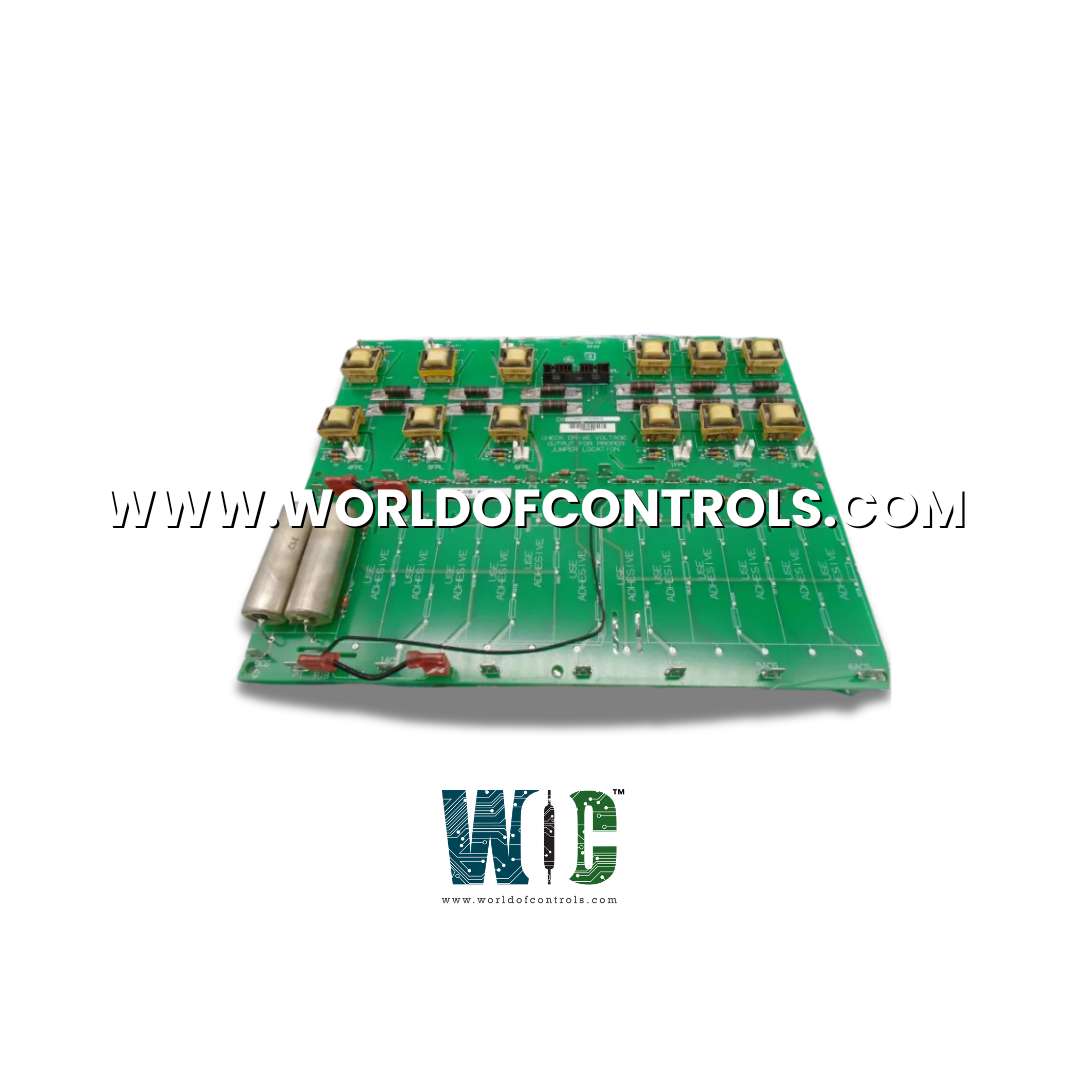
World Of Controls understands the criticality of your requirement and works towards reducing the lead time as much as possible.
DS200PCCAG9A - Power Connect Card is available in stock which ships the same day.
DS200PCCAG9A - Power Connect Card comes in UNUSED as well as REBUILT condition.
To avail our best deals for DS200PCCAG9A - Power Connect Card, contact us and we will get back to you within 24 hours.
SPECIFICATIONS:
Part Number: DS200PCCAG9A
Manufacturer: General Electric
Series: EX2000
Product Type: Power Connect Card
Power Requirements: +5 V dc, 6 A
Number of relay channels: 12
Power supply voltage: 28 V dc
Technology: Surface mount
Operating temperature: -30 to +65°C
Size: 15.9 cm high x 17.8 cm
Repair: 3-7 Day
Availability: In Stock
Country of Origin: United States
Manual: GEH-6005
FUNCTIONAL DESCRIPTION:
DS200PCCAG9A is a Power Connect Card manufactured and designed by General Electric as part of the EX2000 Series used in GE Excitation Control Systems. The Power Connect Card (PCCA) provides an interface between the drive’s control circuitry and the SCR power bridge. The PCCA board uses pulse transformers to provide a gate drive to the SCR bridge. For low-to-medium horsepower controllers, the PCCA board also includes snubber circuits to control spikes across the ac lines, dc bus, and gate drivers. For higher horsepower controllers, some or all of the snubber circuits are omitted from the PCCA board and are located elsewhere in the system. The PCCA board has ten group numbers. The group number used in a system is determined by the system voltage, frame size, and whether the system uses regenerative or non-regenerative power conversion.
BENEFITS OF POWER CONNECT CARD:
The 5 V outputs of the gate array are converted by gate pulse amplifier circuits into the power level required to feed the forward and reverse gate pulse transformers on the PCCA card. These signals are sent to the PCCA through SPL. To prevent spurious tiring signals, the firing power is removed from the gating circuits until the gate array is programmed and the 5 V power is regulated. The PCCA uses pulse transformers to provide a gate drive to the SCR bridge. For low-to-medium horse-power controllers, the PCCA also includes snubber circuits to control spikes across the AC lines and do bus, and gate drivers. For higher horsepower controllers, some or all of the snubber circuits are omitted from the PCCA and are located elsewhere in the system.
WOC has the largest stock of OEM replacement parts for GE Excitation Control Systems. We can also repair your faulty boards and supply unused and rebuilt boards backed up with a warranty. Our team of experts is available round the clock to support your OEM needs. Our team of experts at WOC is happy to assist you with any of your automation requirements. For pricing and availability on parts and repairs, kindly contact our team by phone or email.
What is the purpose of the snubber circuits on the PCCA board?
Snubber circuits are used to suppress voltage spikes and transients that can occur across the AC lines, DC bus, and gate drivers. They help protect the system from damage and ensure smooth operation, particularly in low-to-medium horsepower controllers.
Why are snubber circuits omitted in higher horsepower controllers?
In higher horsepower controllers, the power requirements are more demanding, and snubber circuits are typically located elsewhere in the system, rather than on the PCCA board, to optimize performance and manage heat dissipation more efficiently.
How do I determine the correct stab terminals for jumpers JP1 and JP2?
The correct stab terminals for jumpers JP1 and JP2 are based on the card group number and system voltage. These parameters must be considered to ensure proper connections and functionality within the system.